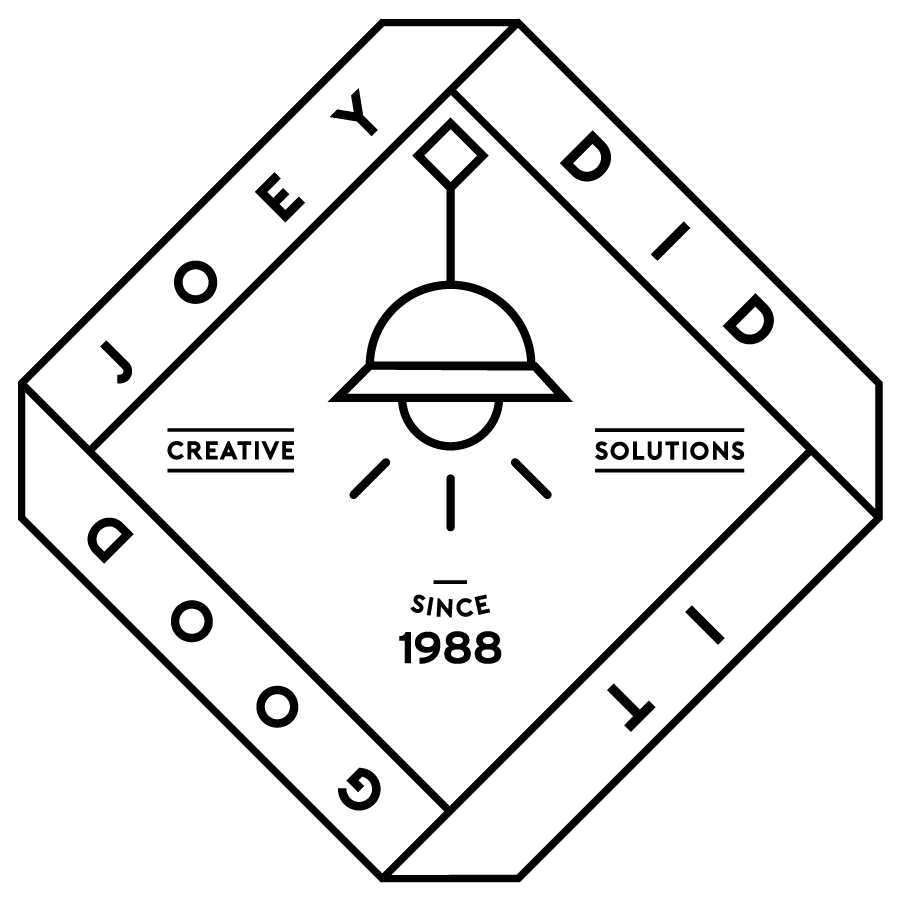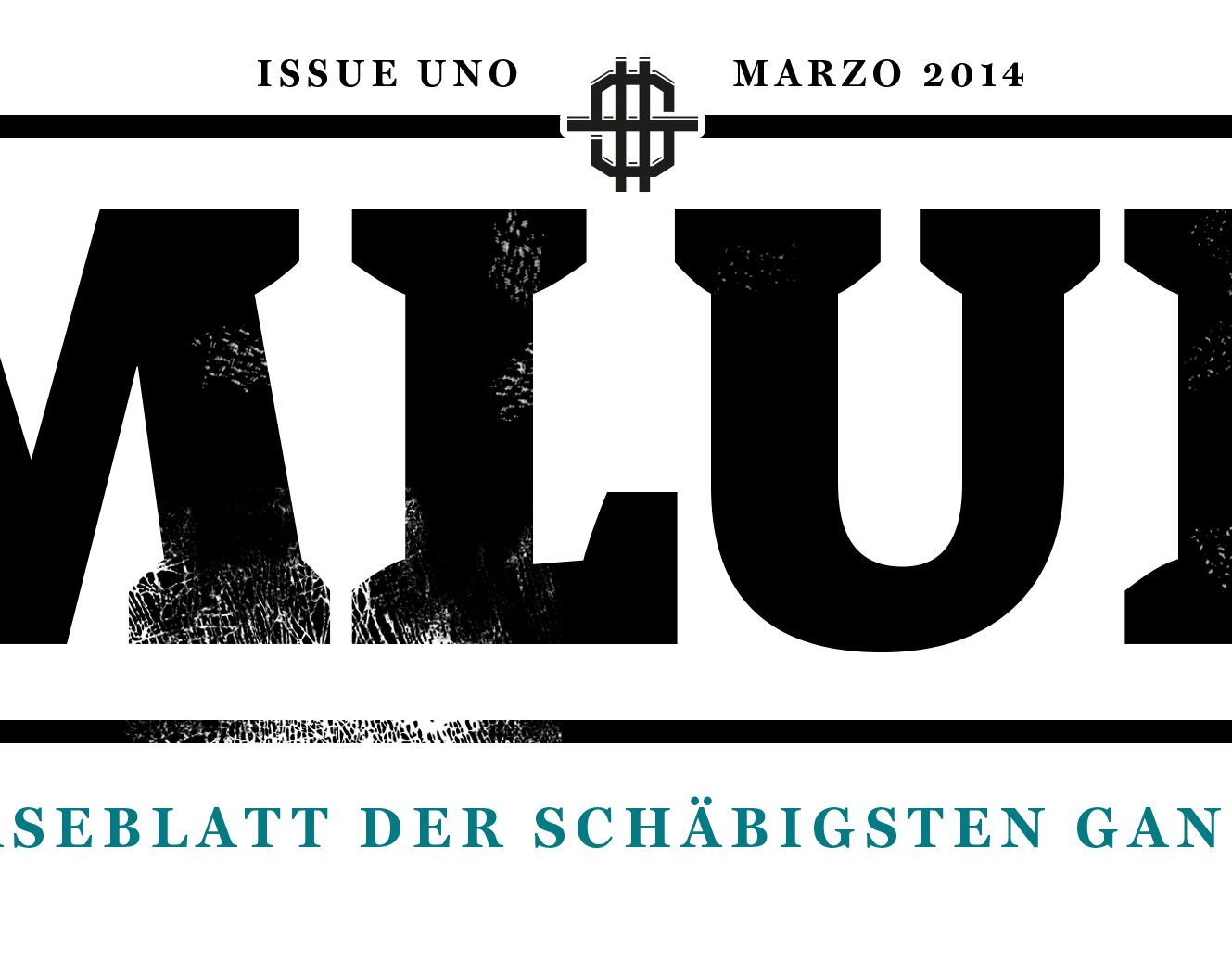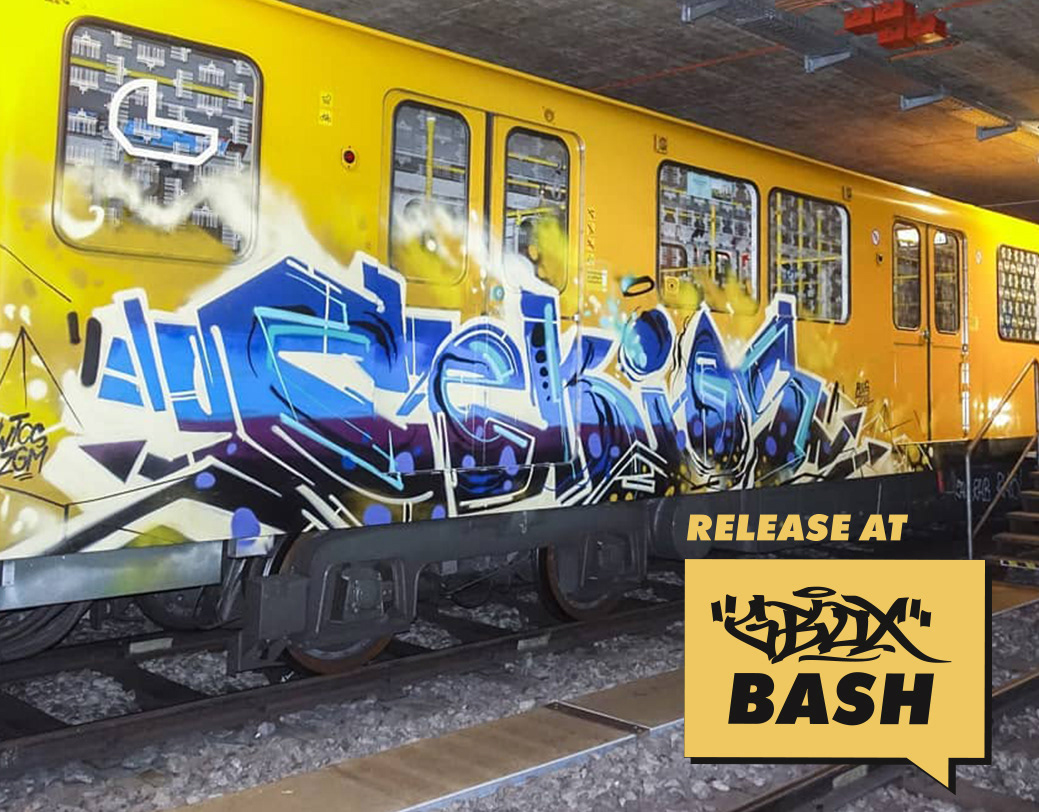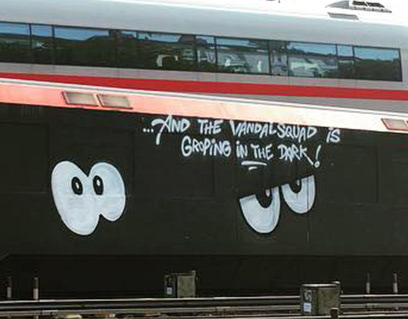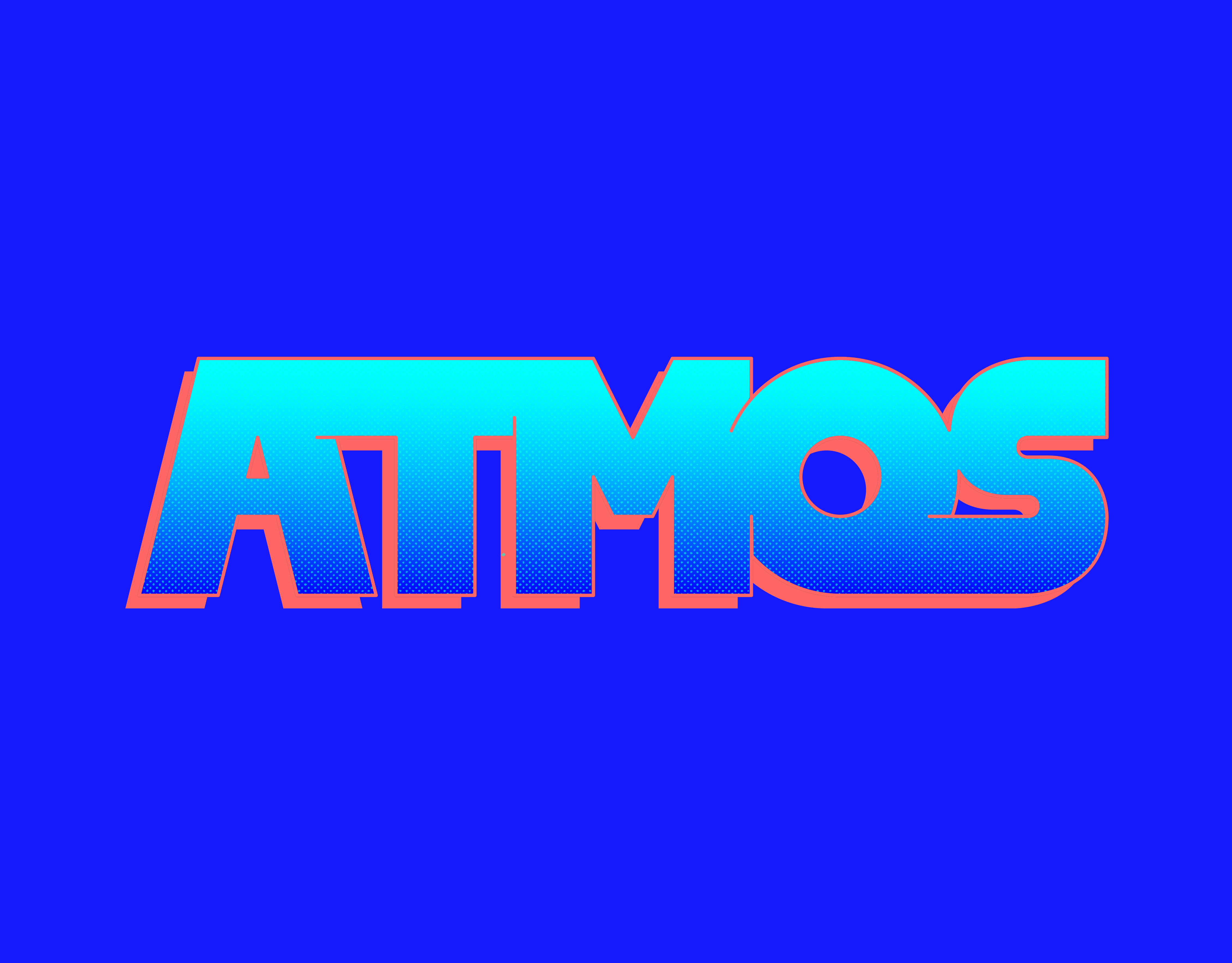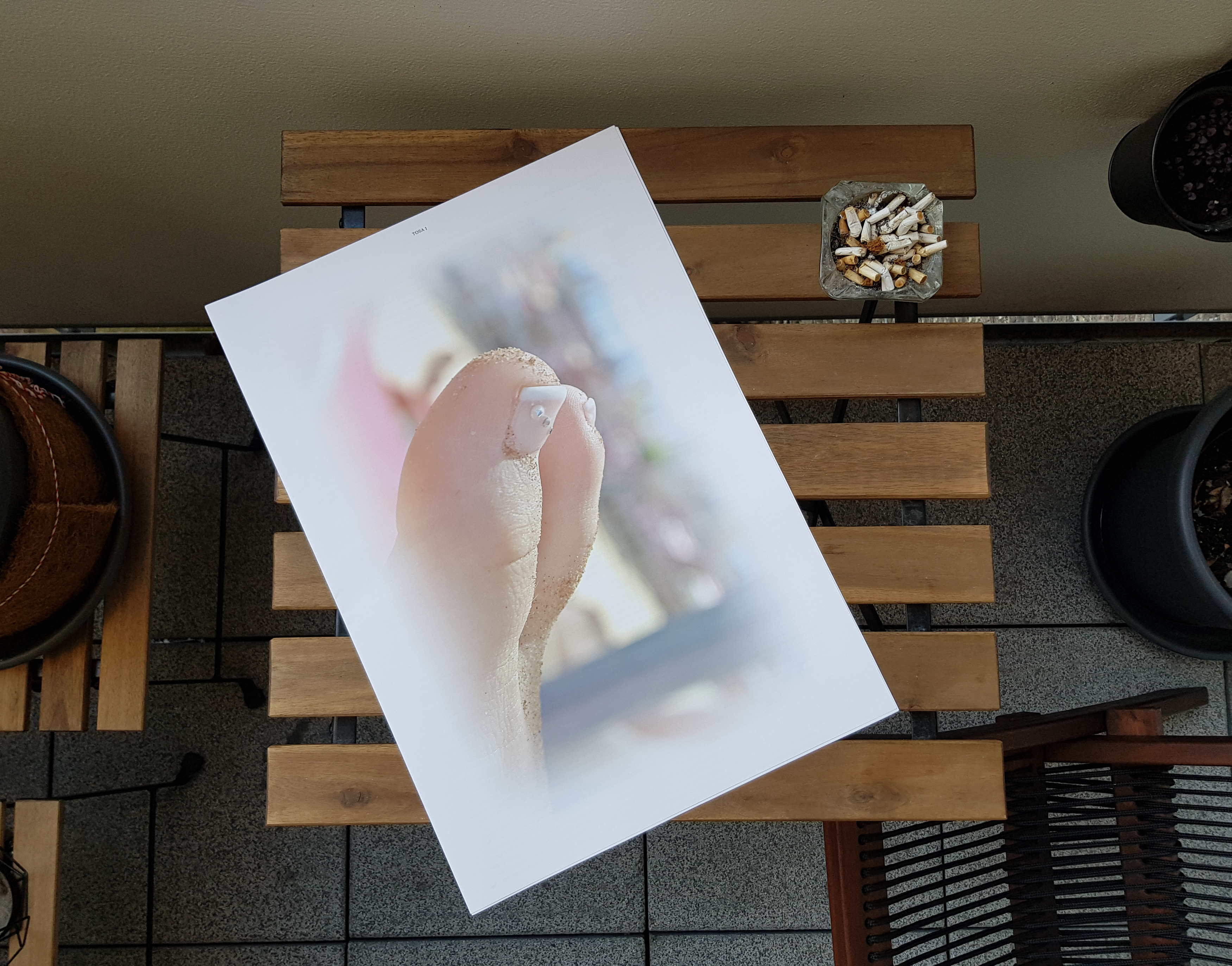- Hey Selina, wann hattest du zum ersten mal eine Kamera in der Hand und warst du dir direkt darüber bewusst das du früher oder später mal mit Ihr deinen Lebensunterhalt bestreiten würdest?
Hi Graffitibox. Ich habe das Filmemachen tatsächlich erst recht spät entdeckt. Ich war schon in jungen Jahren an Computern interessiert und nachdem ich an der Uni verschiedene Kurse ausprobiert hatte, landete ich im Multimedia Design Studium, was super war weil es eine Art Buffet verschiedener Multimedia-Disziplinen war.
- Hast du dich von Anfang an auch mit Videoproduktion auseinander gesetzt?
Es war eine recht natürliche Entwicklung. Ich begann mit Videoschnitt und nach ein paar Monaten kaufte ich mir meine erste DSLR Kamera. Von da an fing ich an, an größeren Projekten zu arbeiten und irgendwann eine Crew zu beschäftigen und mich mehr in die Regie-Rolle zu bewegen. Ich habe definitiv oft genug selbst produziert, aber Produktion ist nicht meine Stärke. Heutzutage bevorzuge ich den Fokus auf die kreativen Elemente und überlasse die Produktion anderen.
- In deiner Video Serie "The Wanderers" begleitest du verschiedene Künstler, in einem schönen, dokumentarischen Stil, auf Ihren Abenteuern. Ist deine Herangehensweise an diese Projekte die selbe, wie bei deinen Graffiti Videos oder ein ganz anderer?
„The Wanderes“ war ein sehr wichtiges Projekt für mich, da es das erste mal war das ich mit einer großen Sendergruppe zusammenarbeitete und darüber nachdachte ein Publikum außerhalb der Graffiti Subkultur zu haben. Das machte mir den Storytelling-Aspekt, mein Publikum und dessen Erlebnis und Verständnis von dem was wir machen, sehr viel bewusster. Meine Graffiti Projekte mache ich für mich selbst und mein Umfeld also beschäftigt mich die Wahrnehmung anderer dabei weniger.
Es war eine recht natürliche Entwicklung. Ich begann mit Videoschnitt und nach ein paar Monaten kaufte ich mir meine erste DSLR Kamera. Von da an fing ich an, an größeren Projekten zu arbeiten und irgendwann eine Crew zu beschäftigen und mich mehr in die Regie-Rolle zu bewegen. Ich habe definitiv oft genug selbst produziert, aber Produktion ist nicht meine Stärke. Heutzutage bevorzuge ich den Fokus auf die kreativen Elemente und überlasse die Produktion anderen.
- In deiner Video Serie "The Wanderers" begleitest du verschiedene Künstler, in einem schönen, dokumentarischen Stil, auf Ihren Abenteuern. Ist deine Herangehensweise an diese Projekte die selbe, wie bei deinen Graffiti Videos oder ein ganz anderer?
„The Wanderes“ war ein sehr wichtiges Projekt für mich, da es das erste mal war das ich mit einer großen Sendergruppe zusammenarbeitete und darüber nachdachte ein Publikum außerhalb der Graffiti Subkultur zu haben. Das machte mir den Storytelling-Aspekt, mein Publikum und dessen Erlebnis und Verständnis von dem was wir machen, sehr viel bewusster. Meine Graffiti Projekte mache ich für mich selbst und mein Umfeld also beschäftigt mich die Wahrnehmung anderer dabei weniger.
- Du bist in der Szene für deine hochwertigen Graffiti-Videos bekannt. Wie kahmst du dazu dich mit Graffiti-Writing auseinander zu setzen? Selbst mal gesprüht?
Mein Zugang zu Graffiti begann in meiner Heimatstadt Brisbane, durch Writer von Crews wie DTS oder WTCS. Als ich sie das erste mal traf waren sie bereits sehr lang aktiv und hatten viele Jahre Erfahrung in dem was sie taten, weshalb ich mich nie in der Position gesehen habe es selbst mal zu versuchen und mit ihnen zu malen. Aber ich sah die Gelegenheit sie zu dokumentieren. Ich bekam sehr früh einen Job als Editorin für online content bei Ironlak und das hatte einen großen Einfluss auf mein Verständnis von, und Interresse an Graffiti. Ich bekam Festplatten aus der ganzen Welt zugeschickt und konnte mir all das Rohmaterial von den besten Writern ansehen. Alles, von legalen Wänden bis hin zu verrückten Metro Actions. Es war wirklich als hätte man einen ungeschnittenen erste Reihe Einblick ins Innenleben dieser Leute. Nach einigen Jahren Videoschnitt an diesen Videos, begann ich zu reisen um Graffiti Videos zu drehen und die Leute waren sehr freundlich zu mir weil sie meine Videos für Ironlak bereits gesehen hatten. Dadurch verliebte ich mich wirklich in die Kultur, denn ich sah sie als eine Möglichkeit neue Freunde kennenzulernen und Abenteuer auf der ganzen Welt zu erleben.
- Sofles empfiehlt in einem kleinen Video von dir die Canon G15 als perfekte Kamera für Writer, ist dieses Statement noch aktuell oder würdest du mittlerweile zu einer anderen Kamera tendieren?
Dieses Video ist mehrere Jahre alt und ich bin mir sicher dass das heute anders ist. Ich bin mir nicht sicher welche Kamera heute die beste Kamera für einen Writer ist. Ich besitze so viele verschiedene Kameras das es langsam nicht mehr lustig ist. Es kommt einfach sehr darauf an für welchen Job man sie benutzt. Und wie bei jedem anderen Werkzeug kommt das Resultat vom Benutzer, nicht von der Qualität des Werkzeugs. Eine gute Kamera zu haben ist schön, aber nicht das wichtigste.
Mein Zugang zu Graffiti begann in meiner Heimatstadt Brisbane, durch Writer von Crews wie DTS oder WTCS. Als ich sie das erste mal traf waren sie bereits sehr lang aktiv und hatten viele Jahre Erfahrung in dem was sie taten, weshalb ich mich nie in der Position gesehen habe es selbst mal zu versuchen und mit ihnen zu malen. Aber ich sah die Gelegenheit sie zu dokumentieren. Ich bekam sehr früh einen Job als Editorin für online content bei Ironlak und das hatte einen großen Einfluss auf mein Verständnis von, und Interresse an Graffiti. Ich bekam Festplatten aus der ganzen Welt zugeschickt und konnte mir all das Rohmaterial von den besten Writern ansehen. Alles, von legalen Wänden bis hin zu verrückten Metro Actions. Es war wirklich als hätte man einen ungeschnittenen erste Reihe Einblick ins Innenleben dieser Leute. Nach einigen Jahren Videoschnitt an diesen Videos, begann ich zu reisen um Graffiti Videos zu drehen und die Leute waren sehr freundlich zu mir weil sie meine Videos für Ironlak bereits gesehen hatten. Dadurch verliebte ich mich wirklich in die Kultur, denn ich sah sie als eine Möglichkeit neue Freunde kennenzulernen und Abenteuer auf der ganzen Welt zu erleben.
- Sofles empfiehlt in einem kleinen Video von dir die Canon G15 als perfekte Kamera für Writer, ist dieses Statement noch aktuell oder würdest du mittlerweile zu einer anderen Kamera tendieren?
Dieses Video ist mehrere Jahre alt und ich bin mir sicher dass das heute anders ist. Ich bin mir nicht sicher welche Kamera heute die beste Kamera für einen Writer ist. Ich besitze so viele verschiedene Kameras das es langsam nicht mehr lustig ist. Es kommt einfach sehr darauf an für welchen Job man sie benutzt. Und wie bei jedem anderen Werkzeug kommt das Resultat vom Benutzer, nicht von der Qualität des Werkzeugs. Eine gute Kamera zu haben ist schön, aber nicht das wichtigste.
- Welchen Einfluss hatte Sofles auf deine kreative Laufbahn, wärest du ohne „Infinite“ und „Limitless“ jetzt da wo du gerade bist oder hätte dein Leben einen anderen Weg für dich parat gehabt?
Es ist unmöglich zu wissen wo ich ohne die Arbeit mit Sofles heute wäre. Mit ihm an diesen Projekten zu arbeiten war definitiv sehr besonders. „Limitless“ half mir besonders eine Fuß in die Tür zukriegen und Job-Gelegenheiten auf der ganzen Welt zu bekommen.
- Kommt nochmal eins deiner legendären SOFLES Videos?
Es gibt keine Pläne für ein weiteres Video. Ich bin mir nicht sicher ob wir „Limitless“ jemals toppen können.
Es ist unmöglich zu wissen wo ich ohne die Arbeit mit Sofles heute wäre. Mit ihm an diesen Projekten zu arbeiten war definitiv sehr besonders. „Limitless“ half mir besonders eine Fuß in die Tür zukriegen und Job-Gelegenheiten auf der ganzen Welt zu bekommen.
- Kommt nochmal eins deiner legendären SOFLES Videos?
Es gibt keine Pläne für ein weiteres Video. Ich bin mir nicht sicher ob wir „Limitless“ jemals toppen können.
Aktuell läuft dein Dokumentarfilm, "Martha: A Picture Story", über das Leben und die Arbeit von Martha Cooper bei verschiedenen Filmfestivals im Wettbewerb. Wie bist du dazu gekommen einen Dokumentarfilm über die legendäre Fotografin zu drehen?
Das war eher ein Unfall. Ich machte gerade 10 minütige Videos über Künstler, als erstes über Guido van Helten, dann über Felipe Pantone und Martha sollte die dritte in dieser Serie werden. Das eskalierte dann schnell in einen kompletten Film, was weder Martha noch ich erwarteten! Aber sie war sehr geduldig und vertrauensvoll mit mir und ich bin sehr dankbar dafür das ich so viel Zeit mit ihr verbringen konnte.
Das war eher ein Unfall. Ich machte gerade 10 minütige Videos über Künstler, als erstes über Guido van Helten, dann über Felipe Pantone und Martha sollte die dritte in dieser Serie werden. Das eskalierte dann schnell in einen kompletten Film, was weder Martha noch ich erwarteten! Aber sie war sehr geduldig und vertrauensvoll mit mir und ich bin sehr dankbar dafür das ich so viel Zeit mit ihr verbringen konnte.
- Wie wars mit Martha und der 1UP-Crew im Yard?
Die Nacht als ich die 1UPs kennenlernte verging sehr schnell. Ich war gerade 25 Stunden von Australien nach Berlin geflogen, und traf sie sehr übermüdet auf einer Eröffnung. Einige Stunden später fand ich mich fahrend auf einer deutschen Autobahn wieder, um Martha dabei zu Filmen wie sie sie fotografiert. Martha und die Crew waren sehr vertrauensvoll und einladend wofür ich sehr dankbar war. Ich wäre sicherlich sehr müde gewesen, wenn ich nicht so aufgeregt gewesen wäre. Sie sind wirklich tolle Leute mit einer sehr guten Einstellung und sehr hilfsbereit und Respektvoll, was mich direkt beeindruckt hat.
- Wie viel Vorbereitung steckte im Graffiti Olympics Video aus Athen? Wie viele beteiligte gab es um das Video zu realisieren und hat alles in einem Rutsch geklappt oder musstet Ihr den Plan nochmals verändern.
Es waren vier Tage Vorbereitung mit mehr als fünfzig Beteiligten. Ich war mal wieder 25 Stunden geflogen um vor Ort zu sein, also war der Jetlag heftig! Es war ein sehr stressiges aber spaßiges Abenteuer.
Die Nacht als ich die 1UPs kennenlernte verging sehr schnell. Ich war gerade 25 Stunden von Australien nach Berlin geflogen, und traf sie sehr übermüdet auf einer Eröffnung. Einige Stunden später fand ich mich fahrend auf einer deutschen Autobahn wieder, um Martha dabei zu Filmen wie sie sie fotografiert. Martha und die Crew waren sehr vertrauensvoll und einladend wofür ich sehr dankbar war. Ich wäre sicherlich sehr müde gewesen, wenn ich nicht so aufgeregt gewesen wäre. Sie sind wirklich tolle Leute mit einer sehr guten Einstellung und sehr hilfsbereit und Respektvoll, was mich direkt beeindruckt hat.
- Wie viel Vorbereitung steckte im Graffiti Olympics Video aus Athen? Wie viele beteiligte gab es um das Video zu realisieren und hat alles in einem Rutsch geklappt oder musstet Ihr den Plan nochmals verändern.
Es waren vier Tage Vorbereitung mit mehr als fünfzig Beteiligten. Ich war mal wieder 25 Stunden geflogen um vor Ort zu sein, also war der Jetlag heftig! Es war ein sehr stressiges aber spaßiges Abenteuer.
Wie ist es für dich sich als Frau in der weitgehend männlichen Graffitiszene zu bewegen?
- Meine persönliche Erfahrung war bisher sehr positiv. Obwohl ich oft die einzige Frau in einer Gruppe bin, vergesse ich das schnell, fühle mich nicht anders behandelt als alle anderen, und erwarte auch keine Spezialbehandlung. Ich weiß das manche Frauen andere Erfahrungen gemacht haben und ich will nicht behaupten Sexismus wäre kein Problem, aber in meinem Fall hatte ich Glück. Ich glaube es ist eine andere Dynamic da ich eine Filmemacherin und keine Writerin bin. Ich denke Graffiti ist einen langen Weg gegangen um für unterschiedliche Leute Inklusiv zu sein. Heutzutage arbeiten die meisten Menschen im Graffiti unter einem Verdienst-System und wenn du in dem was du tust gut bist respektieren dich die Leute. Egal welches Erscheinungsbild, welches Geschlecht, welche Herkunft oder Identität man hat und genau so sollte das auch sein.
- Wann kommt "Martha: A Picture Story" endlich in deutsche Kinos? Wir sind schon ganz ungeduldig...
Hoffentlich bald. Ein wundervolles Team arbeitet hart an dem Vertriebsdeal und wir hoffen das wir bald einige Screening-Termine bekannt geben können.
- Was würdest du jungen Menschen raten die als Fotografin/Regisseurin abreiten möchten?
Finde deine Stimme, hab keine Angst eine andere Sicht auf die Dinge zu haben und geh Risiken ein. Versuch dir keine Ausreden zu erlauben, geh einfach raus und hab Spaß am Dinge machen!
The original interview in english:
– Hi Selina, when did you hold a camera in your hands for the first time and did you instantly know that you would make a liviving using it, sooner or later?
Hi Graffitibox! I actually discovered filmmaking quite late. I was always interested in computers from an early age, and after trying to few different courses at university I ended up studying Multimedia Design, which was great because it was a sort of buffet of different multimedia disciplines. But it wasn’t really until I shot and edited my first video that I really clicked that this was something I really enjoyed, and it just developed from there. It was actually 10 years ago today that my first ever video came out!
– Did you also focus on video production, right from the start?
It was quite an organic development, I started editing, and after a few months bought my first DSLR, and from there began to work on bigger projects, and at some point started employing crew to help, moving me more into a directing role. I’ve definitely done my fair share of self-producing, but production is not my strong suit, and these days I much prefer to focus on the creative elements and leave the production component to others
– Your tv series “The Wanderers”, follows different street-artists , in a beautiful documetation style, on their adventures. Is your approach to these kinds of projects the same as to graffiti videos or does it differ?
“The Wanderers” was a really important project for me, as it was my first time working with a major broadcaster and thinking about having an audience outside of the graffiti subculture. This made me a lot more aware of the storytelling aspect, and thinking about my audience, and how they will experience and understand what we are making. With my graffiti projects, I’m making those for myself and my immediate community, so I’m less concerned about how it will be received by others.
– You are known in the graffiti-scene for high quality graffiti videos. How did get interested in graffiti? Have you been a graffiti-writer yourself ?
My entry into graffiti started in my hometown of Brisbane, through writers from crews like DTS and WTCS. When I first met these guys they were already very active with many years of experience in what they were doing, and so I never really felt it was my place to try and paint alongside them, but I did see an opportunity to document them. Very early on I got a job editing online content for Ironlak, and that had a huge impact on my understanding and interest in graffiti. I would get sent hard drives from all over the world and get to watch all the raw footage from all the best writers, everything from legal walls to crazy metro actions. It was really like having an unedited, front row seat into the inner world of these people. After a few years of editing these videos, I started traveling overseas to shoot graffiti, and people were very kind to me having already seen my work with Ironlak. That’s when I really fell in love with the culture, because I saw it as a gateway to new friends and adventures all over the world.
– In a short Video of you , Sofles recommends the Canon G15, as the perfect camera for writers. Would you say this statement is still up-to-date, or would you tend to recommend a different camera by now?
This video was shot many years ago so I’m sure that things have changed! I’m not sure what the writer’s favourite camera is these days! I own so many different cameras it’s just not funny. It really depends on the kind of job you’re using it for. And just like any other tool, the result comes from the hand that wields it, not the quality of the tool. So having a good camera is nice, but not the most important thing.
– Which impact made Sofles on your creative career? Would you be where you are without „Infinite“ and „Limitless“ or would your life look different?
It’s impossible to know where I would be without the work that Sofles and I made together. It was definitely a really special time working on those projects with him. Limitless in particular really helped get my foot in the door with amazing opportunities all over the world.
– Will there be another one of your legendary Sofles-Videos?
No plans for any more of these videos. I’m not sure we could ever top Limitless!
– At the moment, your feature documentary film, “Martha: A Picture Story”, about the work and life of Martha Cooper, is shown in competition at different film festivals. How did you get the idea to film a documentary about the legendary Photographer?
It was quite an accident, I had been making 10 minute pieces about artists, firstly on Guido van Helten, and another on Felipe Pantone, and Martha was meant to be the third in this series. This quickly escalated into a feature film, which neither myself or Martha expected! But she was very patient and trusting with me and I am very grateful to have been able to spend so much time with her.
– How was it, being in a train yard, with Martha and the 1UP crew?
The night I met those guys happened very quickly, I had just flown 25 hours from Australia to Berlin, and without much sleep had met them at an opening, and a few hours later I found myself driving on a German autobahn to go film Martha shooting them. Both Martha and the crew were extremely trusting and welcoming which I was very grateful for. I’m sure I would have been very tired if I wasn’t so excited. They are truly lovely people with a really good attitude and super helpful and respectful, which I was really impressed with immediately.
– How much preperation went into the “Graffiti Olympics” video in Athens? How many persons were involved in the realization of the video and did it all workout at the first try, or did you have to change your plans spontaneously?
There was 4 days of preparation, with more than 50 people involved. Again, I had just flown 25 hours to be there, so the jetlag was real! It was a very stressful but fun adventure.
– How is it for you to, move and act in a predominantly male graffiti scene, as a woman?
My personal experience has been very positive. Even though I’m often the only female in a group, I easily forget that fact, and don’t feel that I’m treated any differently, and don’t ask to be given any special treatment. I do know some women have different experiences and I don’t want to say that sexism is not an issue, but in my case, I’ve been fortunate. I think it’s a different dynamic because I’m a filmmaker, rather than a writer. I think graffiti has come a long way in being inclusive of peopel’s differences, and these days I think that most people in graffiti operate under a system of merit, and if you’re good at what you do, people will respect you, regardless of your appearance / sex / race / identity, which is definitely how it should be.
– When will “Martha: A Picture Story”, be finally shown in german cinemas? Sorry, but we are so eager to see it…
Soon I hope! There’s a wonderful team working hard on the distribution deal, and we hope we can share some screening dates soon!
– What would you recommend to young people that want to work as a photographer or director?
Find your voice, don’t be afraid to be different and have a point of view, and take risks. Try not to allow yourself excuses of “why not,” just get out there and have fun and make things!
